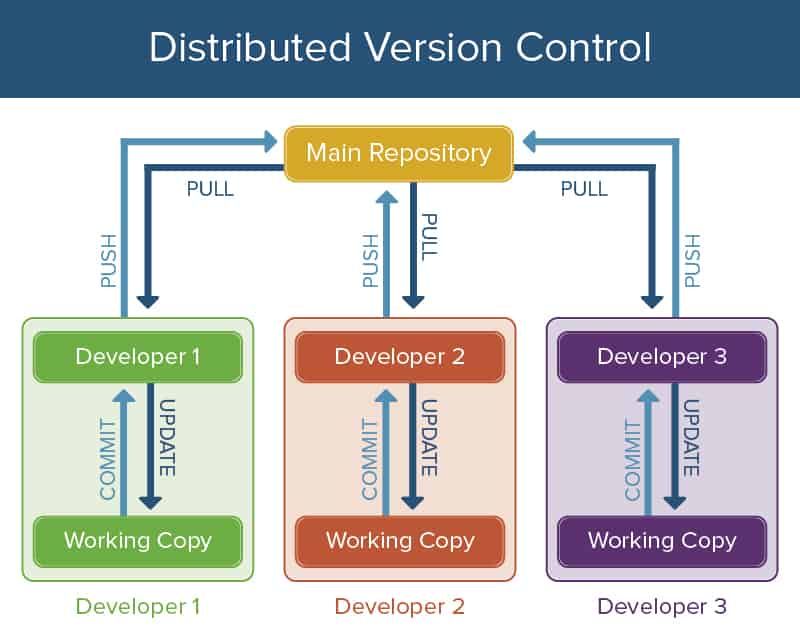In the world of software development, version control systems play a crucial role in managing and tracking changes to code. These systems not only allow developers to work collaboratively on projects but also help ensure that code changes are properly documented and can be traced back to their origins. In this article, we’ll take a closer look at some of the most popular version control systems used in the tech industry, including Git, SVN, and others.
What is a Version Control System?
A version control system (VCS) is a tool that tracks changes to code and other files, allowing developers to work together on projects without fear of overwriting each other’s work. This is achieved by keeping a record of every change made to the codebase, along with details such as who made the change, when it was made, and why it was made. Version control systems also make it easy to revert back to previous versions of the code if needed.
Git: The De Facto Standard
Git is perhaps the most widely used version control system in the tech industry, thanks to its speed, flexibility, and powerful branching and merging capabilities. Developed by Linus Torvalds, the creator of Linux, Git is a distributed version control system, meaning that every developer has a complete copy of the codebase on their local machine. This allows for a decentralized workflow where developers can work independently and merge their changes together when ready.
Git’s branching and merging features are particularly useful for managing complex projects with multiple developers working on different features or bug fixes simultaneously. Developers can create branches to work on new features or bug fixes without affecting the main codebase, and then merge their changes back in once they are complete. This makes it easy to isolate changes and prevent conflicts when working in a team environment.
SVN: A Centralized Alternative
While Git’s decentralized nature is a powerful feature, some organizations prefer a more centralized approach to version control. This is where SVN (Subversion) comes in. SVN is a centralized version control system that stores the codebase on a central server, with developers checking out and committing changes directly to this central repository.
Although SVN lacks some of the advanced features of Git, such as distributed branching and merging, it is still a reliable and popular choice for many organizations. SVN’s simplicity and ease of use make it a great option for teams that are new to version control or prefer a more centralized workflow.
Beyond Git and SVN: Other Version Control Systems
While Git and SVN are among the most popular version control systems in use today, there are plenty of other options available to developers. For example, Mercurial is another distributed version control system that offers many of the same features as Git. Perforce is a centralized version control system that is popular in industries such as gaming and aerospace.
Ultimately, the choice of version control system will depend on factors such as the size and complexity of the project, the preferences of the development team, and the organization’s workflow. No matter which system you choose, having a solid version control system in place is essential for managing code changes effectively and ensuring the success of your software projects.
Whether you prefer Git, SVN, or another version control system, the key is to use it consistently and follow best practices for branching, merging, and documenting code changes. By doing so, you can streamline your development process, reduce the risk of conflicts and errors, and ultimately deliver better software to your users.
In conclusion, version control systems like Git, SVN, and others are vital tools for any software development team. They help ensure that code changes are managed effectively, collaboration is smooth, and projects are delivered on time and within budget. By choosing the right version control system for your needs and following best practices for its use, you can set your team up for success and build better software faster.
